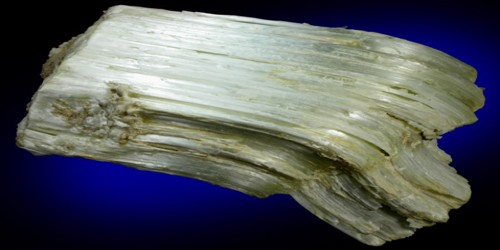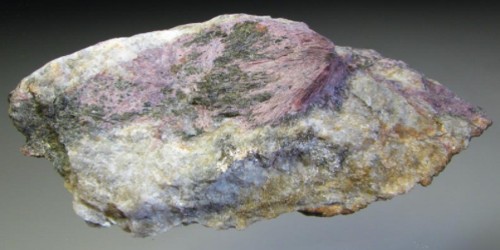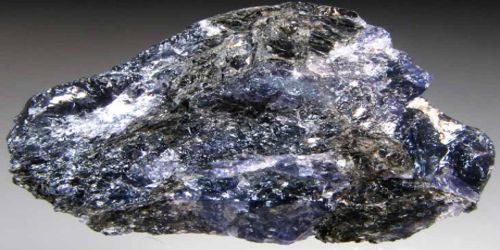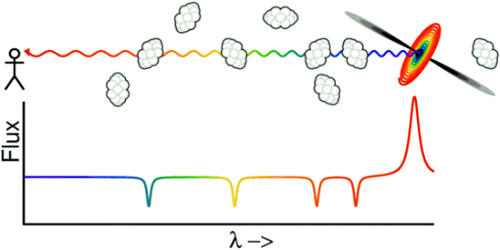Halotrichite, also known as feather alum, is a highly hydrated sulfate of aluminum and iron. Its chemical formula is FeAl2(SO4)4·22H2O. It is a monoclinic-sphenoidal mineral containing aluminum, hydrogen, iron, oxygen, and sulfur. The term Halotrichite was derived from the Latin word halotrichum, meaning hair salts, as this mineral has a hair-like appearance. It belongs to the halotrichite group.
The locations of natural occurrences include the Atacama Desert, Chile; Dresden in Saxony, Germany; San Juan County, Utah; Iceland and Mont Saint-Hilaire, Canada.
General Information
- Category: Sulfate minerals
- Formula: FeAl2(SO4)422H2O
- Crystal system: Monoclinic
- Crystal class: Prismatic (2m) (same H-M symbol)

Fig: Halotrichite or feather alum
Properties
It occurs in a range of colors, from colorless to white, gray-white, yellow, and green. It has indistinct cleavage and a semi-transparent form. The mineral has a silky luster, with a white streak, and without fluorescence. The density range of halotrichite is 1.78 to 1.9, with a hardness of 1.5 to 2 – between talc and gypsum.
- Color: Colorless to white, yellowish, greenish
- Crystal habit: Acicular to asbestiform clusters, incrustations, and efflorescences
- Fracture: Conchoidal
- Tenacity: Brittle
- Mohs scale hardness: 1.5 – 2
- Luster: Vitreous
- Diaphaneity: Transparent, translucent
- Specific gravity: 1.89
- Optical properties: Biaxial (-)
Occurrences
Halotrichite occurs as efflorescence in weathering sulfide deposits, and oxidizing pyritic coals, with a perpetual build-up in arid climates. It also occurs as a precipitate in the areas around volcanic fumaroles and hot springs. It forms fibrous monoclinic crystals. The crystals are water-soluble. It is formed by the weathering and decomposition of pyrite commonly near or in volcanic vents.
It is often associated with minerals such as gypsum, epsomite, melanterite, copiapite, and alunogen.
Information Source:
















